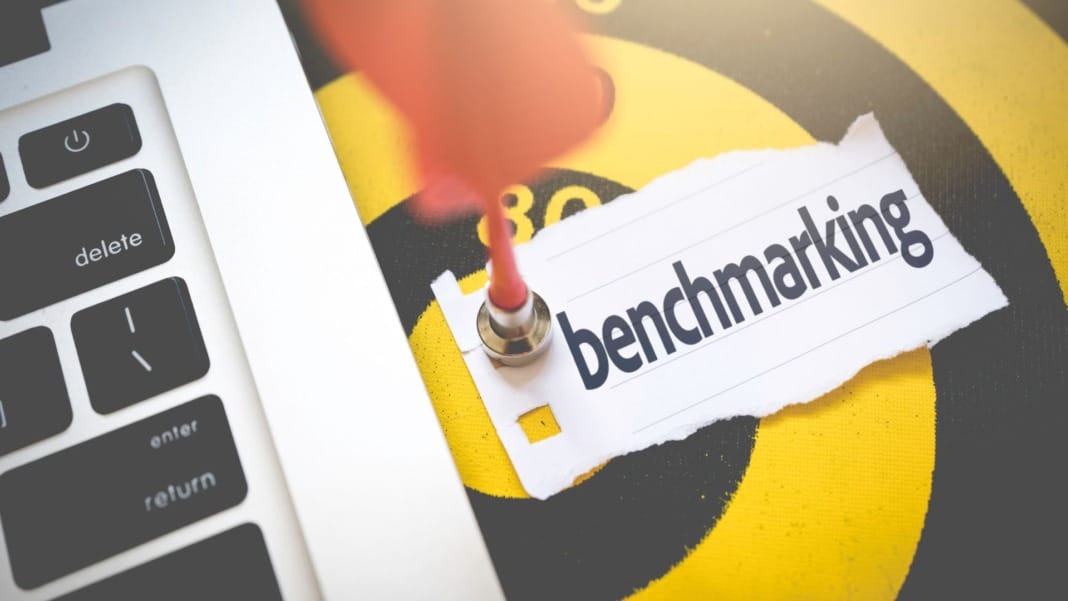Google’s strategy for its upcoming Pixel 10 series could see the base model receive a significant upgrade in camera technology, setting it apart from previous versions. For the first time since the Pixel 6 series launched in 2021, the standard Pixel 10 model might offer camera features previously exclusive to the Pro versions, such as a telephoto lens.
The telephoto camera on the base Pixel 10
According to reports from a trusted source who shared details with Android Authority, the base Pixel 10 will come equipped with a telephoto camera, the first for a standard Pixel model. This camera will resemble the Pixel 9 Pro Fold, featuring 5x optical zoom and 20x Super Res Zoom. If these details prove accurate, this will bring the base Pixel 10 up to par with the more advanced Pro versions, marking a major change in how Google differentiates its smartphone models.
This camera upgrade bridges the gap between the base and Pro models. Historically, the Pro versions have been the only ones to offer the best camera tech, including telephoto lenses. By bringing this feature to the base model, Google is looking to offer more advanced photography options to a wider range of users.
Downsized primary and ultra-wide cameras
Despite the exciting new addition of a telephoto lens, the Pixel 10 may not offer the full range of upgrades many hoped for. Reports suggest that the primary camera sensor will be smaller than its predecessor. The new sensor is expected to be 1/1.95 inches, compared to the 1/1.31-inch sensor in the previous model. This shrinkage could impact the phone’s ability to perform well in low-light situations, a key feature for many smartphone users.
Similarly, the ultra-wide camera sensor is also expected to be smaller, at 1/3.1 inches, down from the 1/2.55-inch sensor in the Pixel 9 series. The ultra-wide camera’s resolution will also be reduced to 13MP from 48MP. These changes suggest that the Pixel 10 may not offer as impressive an ultra-wide photography experience as its predecessors, but it could still perform well for general use.
When looking at the overall camera setup, the Pixel 10 may essentially be a refreshed version of the Pixel 9a, with the main difference being the addition of the telephoto camera. While this could be an appealing feature for some users, those hoping for major improvements across all camera systems may be disappointed.
What about the Pixel 10 Pro models?
Unfortunately, the Pixel 10 Pro and Pixel 10 Pro XL models will not see any significant hardware changes. The camera hardware will likely remain the same as previous Pro models. However, the Pixel 10 Pro Fold may see a change in its primary camera supplier. Reports suggest that Google could switch from using Sony’s IMX787 sensor (64MP) to Samsung’s GN8 sensor (50MP), though the exact impact of this change remains to be seen.
While there may not be major hardware upgrades for the Pro models, Google could still bring new software enhancements to the Pixel 10 series. The company has previously introduced AI-powered features to improve the photography experience. For instance, the Pixel 9 series came with AI image editing tools like “Add Me” for group photos and Auto Frame to improve photo composition. Google could add similar software features to the Pixel 10 series to compensate for hardware limitations.
In conclusion, while the base Pixel 10 model will likely see some camera improvements with the addition of a telephoto lens, there are trade-offs regarding sensor size and resolution. The software could play a significant role in improving the overall photography experience. Time will tell if these upgrades convince users to choose the Pixel 10 over other models.





